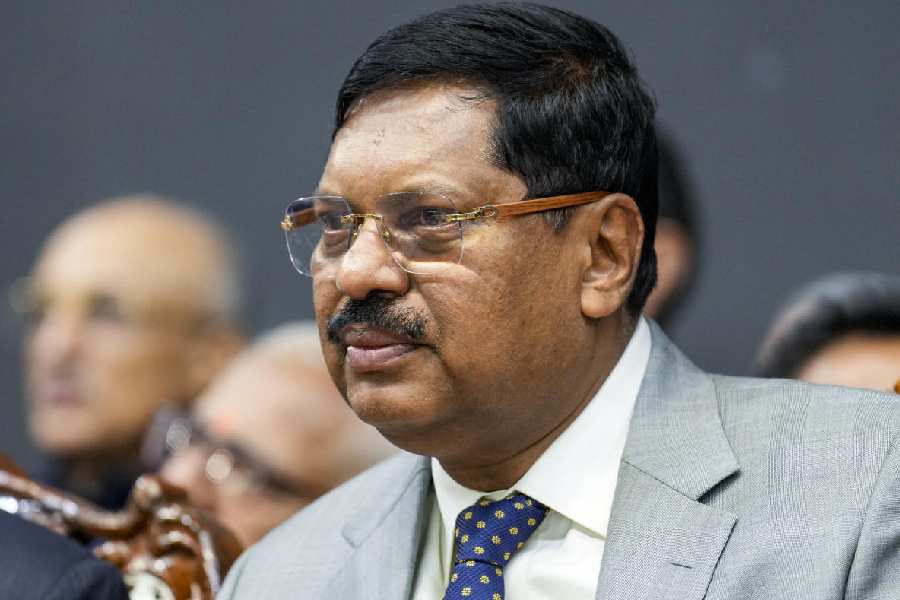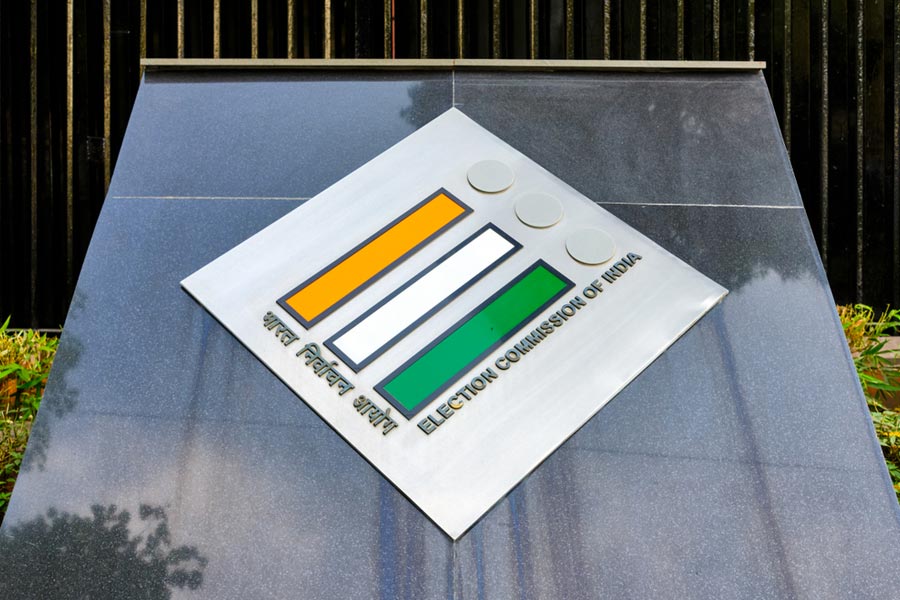Patna: Bihar is staring at a challenging task of building over 77 lakh toilets in 17 months to clinch the tag of an open defecation-free state by October 2 next year. The task looks tougher when one assesses the performance of the state on the toilet construction front.
When the sanitation scheme was launched on October 2, 2014, there were just about 42 lakh households of a total of 1.7 crore households in Bihar with toilets. In 2014-15, a total of 1.65 lakh toilets could be built and this figure jumped to 4.27 lakh in 2015-16. The toilet construction work gained some pace after the state government made the rural development department the nodal department for this work in June 2016. In 2016-17, a total of 8.73 lakh toilets were built. The figure witnessed a major jump in 2017-18 during which 35.73 lakh toilets were constructed.
To achieve the goal of making the state ODF by October 2, 2019, the state needs to build another 77.62 lakh toilets as per the official data updated till May 7 this year, by end- September 2019.
Officials in the rural development department, however, sounded confident when their attention was drawn towards the challenge lying ahead. "We know it is a challenging task but we are confident of achieving the goal well in time," rural development secretary Arvind Choudhary told The Telegraph when his attention was drawn towards the past pace of work and the tough target which needed to be achieved for the desired goal.
The rural development secretary said when the department took over the sanitation work in June 2016, there were just 800 sanitation volunteers in the state and their numbers have gone up to 32,000. These volunteers happen to be people from the local community who motivate people to get toilets built in their houses. The volunteers get incentive if they persuade someone to build a toilet.
Pointing out another major achievement of the department for giving momentum to the drive, Choudhary said the state boasts of a pool of 40,000 masons trained by the government in toilet construction.
Claiming that the drive to build toilet had gained momentum now as the initial efforts had started showing positive results, the secretary stated that this point was manifested in 2017-18 (35.73 lakh) when the state witnessed more than four-fold rise in the number of toilets built in comparison to that built in 2016-17 (8.73 lakh). "We have also now moved up from the bottom of the sanitation pyramid and Bihar stands above Odisha," he added.
But Choudhary accepted that there were laggard districts, which need special impetus to achieve the desired results. While one district (Arwal) has less than 40 per cent households with toilets, there are a dozen districts - Aurangabad, Samastipur, Jamui, Madhepura, Purnea, Katihar, Madhubani, Araria, Vaishali, Saran, Siwan and Supaul, which have less than 50 per cent households with sanitation.
There are 19 districts where sanitation percentage coverage is between 50 and 70 and six more, which have more than 70 per cent households with toilets. Rohtas with 98.47 per cent and Sheikhpura with 96.25 per cent households with toilets lead the pack.










